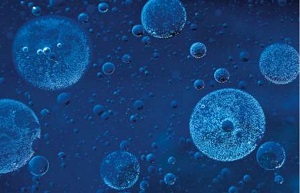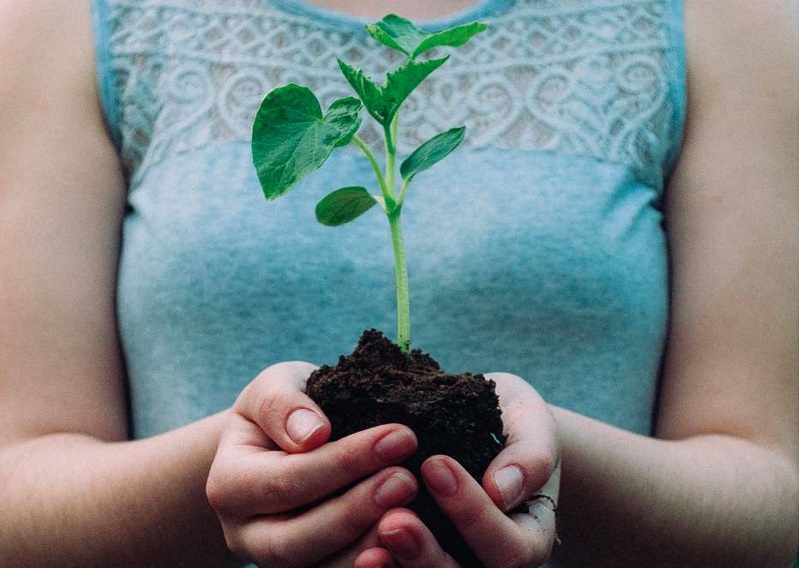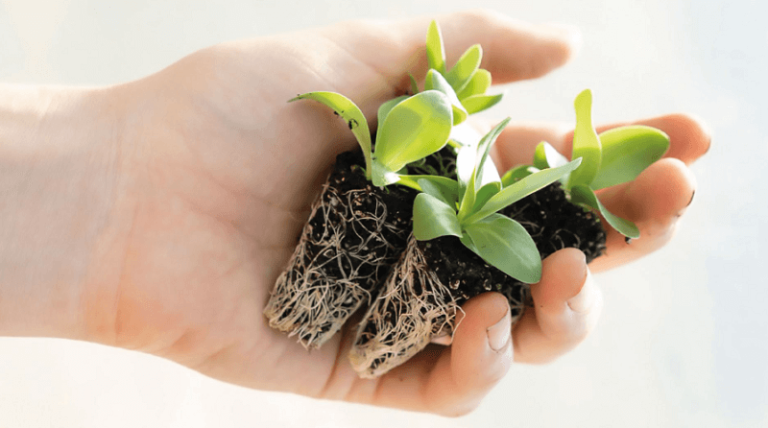Preserves the fertility potential associated with the age of the woman at the time of cryopreservation
In the last few years news coming from the other side of the Atlantic has put the vitrification technique in the spotlight. The companies Apple and Facebook give their employees the opportunity to freeze their eggs if they want to. These companies pay for this treatment because, they claim, it enables women to freeze their eggs in their fertile years that, often, coincide with their most productive professional period.
In Spain and neighboring countries it is a technique that has been growing in popularity for quite some time now, seeing as more women are joining the workforce which, among other factors, means that they think about preserving their fertility and oocyte vitrification in the period of their lives when they have high quality eggs, so that they have good chances of conceiving in the future with guaranteed success, when they decide to have a family and want to thaw them to get pregnant.
The purpose of preserving fertility is to cryopreserve female gametes to postpone childbearing. By doing so a woman aged 45 can be a mother whose biological age is 30. That is what will happen to her body as long as she has opted for oocyte vitrification. It enables women to plan motherhood and still have good chances of conceiving using oocytes that are the age of when they were cryopreserved.
Women’s fertility starts to decline at the age of 35, when both the oocyte quality and the quantity decrease and therefore assisted reproduction techniques are needed more for the desired pregnancy. The advantage of a woman using her own vitrified oocytes for an IVF cycle at an advanced age is that it will be more effective to use vitrified oocytes that are younger than those that the woman currently has. Another advantage here is the genetic bond that is not acquired with donated oocytes.
In our European society oocyte vitrification is not as well-established or as free of controversy as in the USA, although it is catching on gradually and it is starting to be a normal technique that is recommended.
Fertility preservation methods:
Oocyte vitrification
It is the method that has been most widely accepted recently, ever since, this ultra-rapid freezing technique, was refined enough to ensure a high survival rate of the egg cells after thawing.
Embryo vitrification
In this case, it isn’t the eggs cells that are vitrified but rather the embryos, which requires a stable partner. If this is possible, this method is as good as or better that the former method, in terms of the likelihood of conceiving after thawing.

In view of the aforementioned, childbearing should not be postponed beyond a certain age and if a woman does want to leave it to another more appropriate time, bear in mind that oocyte vitrification is the best option to preserve fertility.




